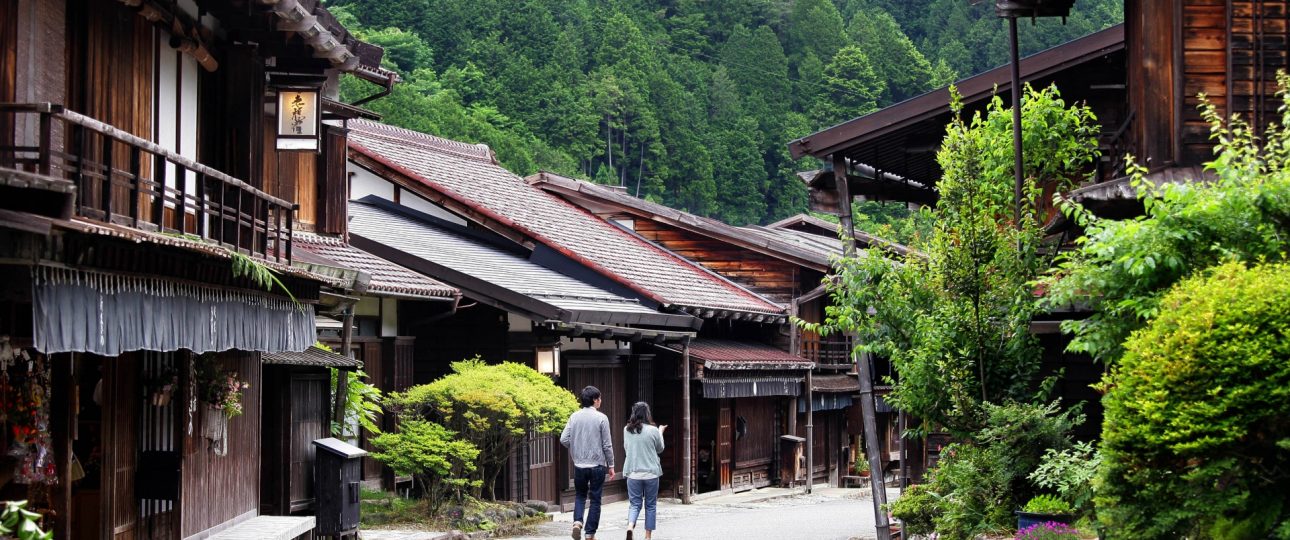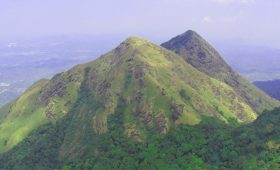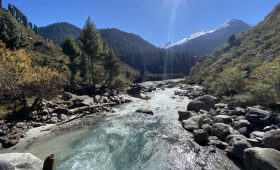Exploring Kiso Valley
Traveling to Kiso Valley is like stepping into a living museum of Japan’s Edo period. Located in both Gifu and Nagano prefectures, this area was once part of the Nakasendo Highway, a crucial route connecting Kyoto and Edo (modern-day Tokyo). The valley follows the Kiso River and is renowned for its well-preserved post towns, offering a glimpse into Japan’s historical past.
Historical Significance
The Nakasendo was one of the five major routes during the Edo period, serving as a vital artery for travelers and merchants. Today, you can walk along sections of this historic trail and explore towns like Tsumago and Magome, which have retained their Edo-era charm. These towns feature restored Honjins, traditional inns that once hosted travelers, adding to the authentic experience.
Traditional Architecture
Magome and Tsumago are famous for their traditional wooden buildings with thatched roofs and intricate details. Walking through these towns feels like a journey back in time, with modern facilities discreetly hidden from view to preserve the historical ambiance.
Nature and Hiking
Kiso Valley is a haven for nature enthusiasts. The most popular hiking route is the trail between Magome and Tsumago, known for its cobblestone path and gentle terrain. The valley offers stunning views of the surrounding mountains and forests, making it a perfect destination for those who enjoy outdoor activities.
Best Time to Visit
Visit Kiso Valley in spring or autumn for the best experience. Spring brings cherry blossoms, painting the landscape in pink hues, while autumn offers a vibrant display of red, orange, and gold foliage. Both seasons provide a picturesque backdrop for exploring the valley.
Getting There
The central train station for Kiso Valley is Kiso Fukushima, located on the JR Chuo Main Line. From Tokyo, you can take the Tokaido Shinkansen to Nagoya and transfer to the Wide View Shinano train to reach Kiso Fukushima. Alternatively, you can travel via Nagano or Shiojiri, especially if using a Japan Rail Pass. From western Japan, such as Kyoto or Osaka, take the Shinkansen to Nagoya and then transfer to the Wide View Shinano.
Local Transportation
While exploring Kiso Valley on foot is ideal, local buses are available for those who prefer not to walk long distances. These buses connect Magome and Tsumago and align with train schedules for convenience. However, they run infrequently, so plan accordingly.
Culinary Delights
Kiso Valley is known for its soba noodles and Goheimochi, a grilled rice cake with sauce. Soba is traditionally made with water from the Kiso River and often served with Sunki pickles or vegetable broths. The valley also offers Wagashi, Japanese confectionery, often made with local chestnuts. Note that many restaurants in smaller towns close early, so plan your meals accordingly or arrange with your accommodation.




